Category
On 6th June 2024 the UK will commemorate the 80th anniversary of the D-Day Landings. Around the country, events will be held to honour the bravery and determination of thousands of servicemen who landed on the beaches of Normandy to begin the overthrow of Nazi Germany.
Communities will also remember those who remained in England, in reserved occupations to farm the land, operate railways and dockyards, build and supply ammunition, as well as those who worked or volunteered to treat and rehabilitate injured servicemen.
Large numbers of war casualties meant that hospitals quickly became overwhelmed, so country houses in both the First and Second World Wars were requisitioned by the government and transformed into hospitals. Their grounds and the clean country air were considered helpful to the recuperation of injured servicemen.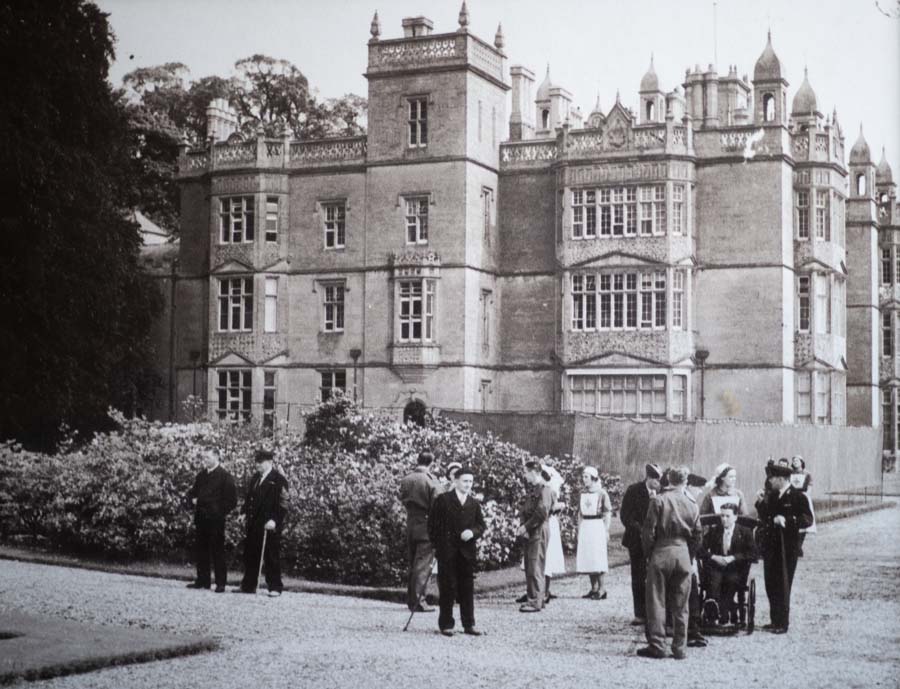
In the summer of 1940, Englefield House, which was under the stewardship of Henry Benyon - known as Harry - and his wife Violet, reopened as a Red Cross Auxiliary Hospital, as it had done during the First World War.
Harry and Violet Benyon were great supporters of the Red Cross, hosting an annual fete in the grounds of Englefield House during the Second World War in aid of the charity. Violet Benyon worked for the Red Cross during the First World War and later became country director of Berkshire Red Cross on her return to the UK.
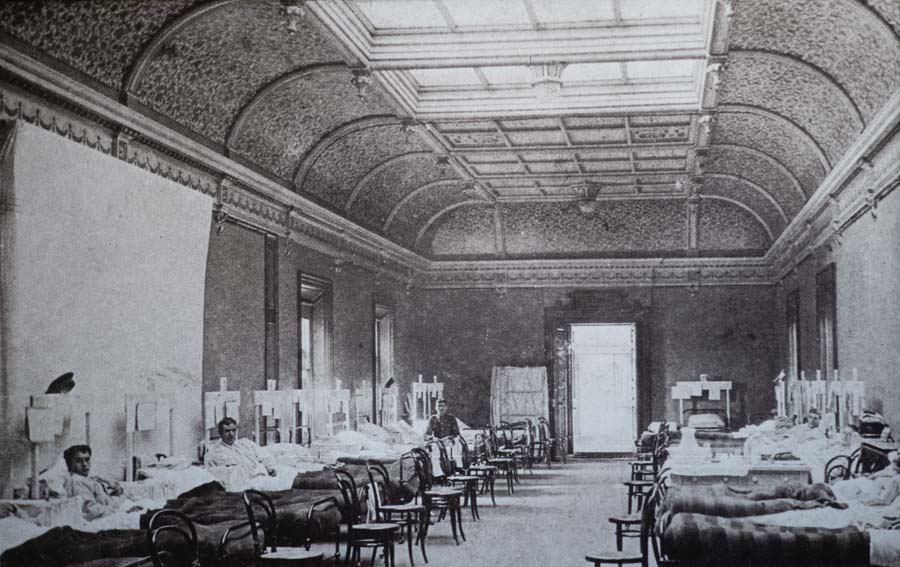
The Long Gallery in Englefield House was converted into a hospital ward for up to 19 convalescent patients who were brought from hospitals in Woolwich in London and Haslar, Gosport. The small rooms at the back of the Gallery were used as treatment rooms and a Doctor’s Office.
Patients stayed for around 14-days and during their recovery spent time on the ward and outside strolling the grounds of the Estate. Much like they are today, the gardens were a peaceful sanctuary, enveloped by trees and adorned with flower and vegetable beds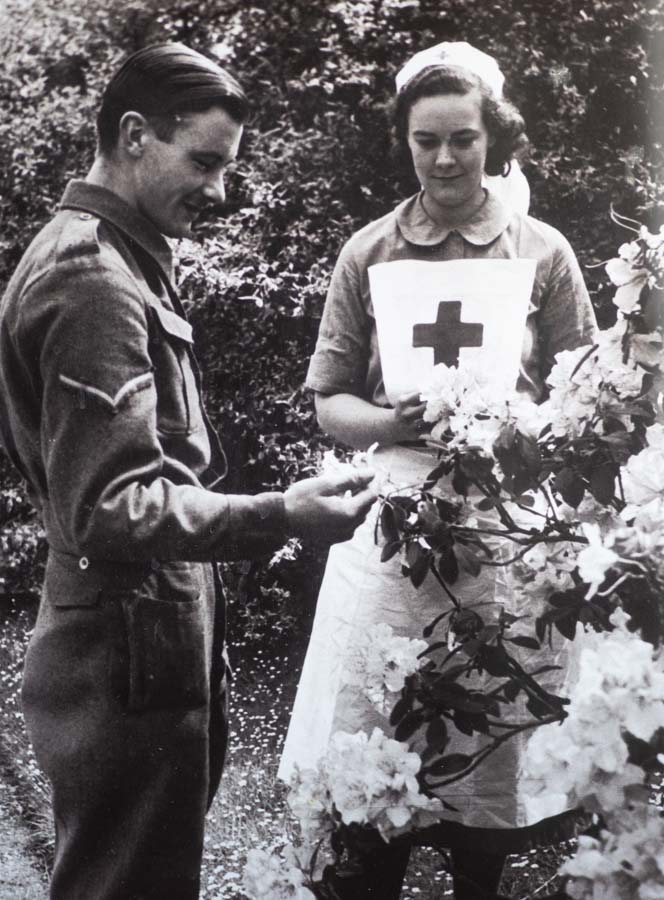 which were tended to by Estate staff.
which were tended to by Estate staff.
The hospital ward was run by the then Head Housekeeper Jessie Dobbie (who acted as Quartermaster), with the support of volunteer auxiliary helpers who mostly lived in Englefield or the surroundings areas.
One volunteer, Emily Cook, worked during the day at Englefield sub-post office and in the evenings during the war, helped at the hospital with dinner duties – cutting bread and butter, laying for supper and washing up. During her time volunteering at Englefield, she was later responsible for darning piles of army socks.
The volunteers who helped were trained and instructed of their duties in the Drawing Room of Englefield House. Recorded in the book, ‘The Mettle of Their Pasture’, Emily recalls there being a large number of volunteers at the beginning of the war; “At first, we were quite a crowd but over the years we dwindled down to two or three.” Between them, the volunteers managed the daily dinner service for patients and staff, as well as periodic tasks such as polishing the cutlery.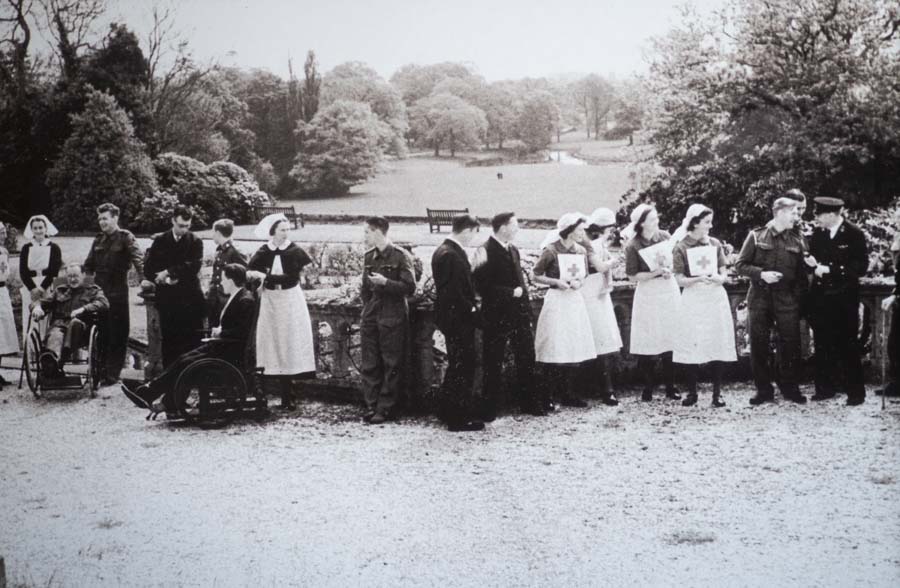
The volunteers were also involved in preparing the ward for Royal visits. Englefield House was visited twice by Royalty during the Second World War, once in 1942 by the Queen (later Queen Elizabeth the Queen Mother) and again towards the end of the war by HRH the Princess Helena Victoria (a granddaughter of Queen Victoria). Both times the staff were tutored on the protocol for curtseying - just a bob if spoken to and a deep curtsey if hand shaken.
Unlike many country houses which fell into disrepair during the war and were demolished, or continued in their wartime roles as hospitals, Englefield Estate and House continued to operate as a large rural estate, an employer to many local people and landlord to farmers and the tenants living in its residential property.
After the war, the treatment rooms and Doctor’s office at the back of the Long Gallery were used as bedrooms, but the space reverted in 2000 to what is now called the Millenium Gallery.
Today the Long Gallery and Drawing Room in Englefield House, as well as being part of a much-loved family home, can be hired for conferences, concerts and luxury dining events, and both rooms have also featured in popular films and TV dramas.
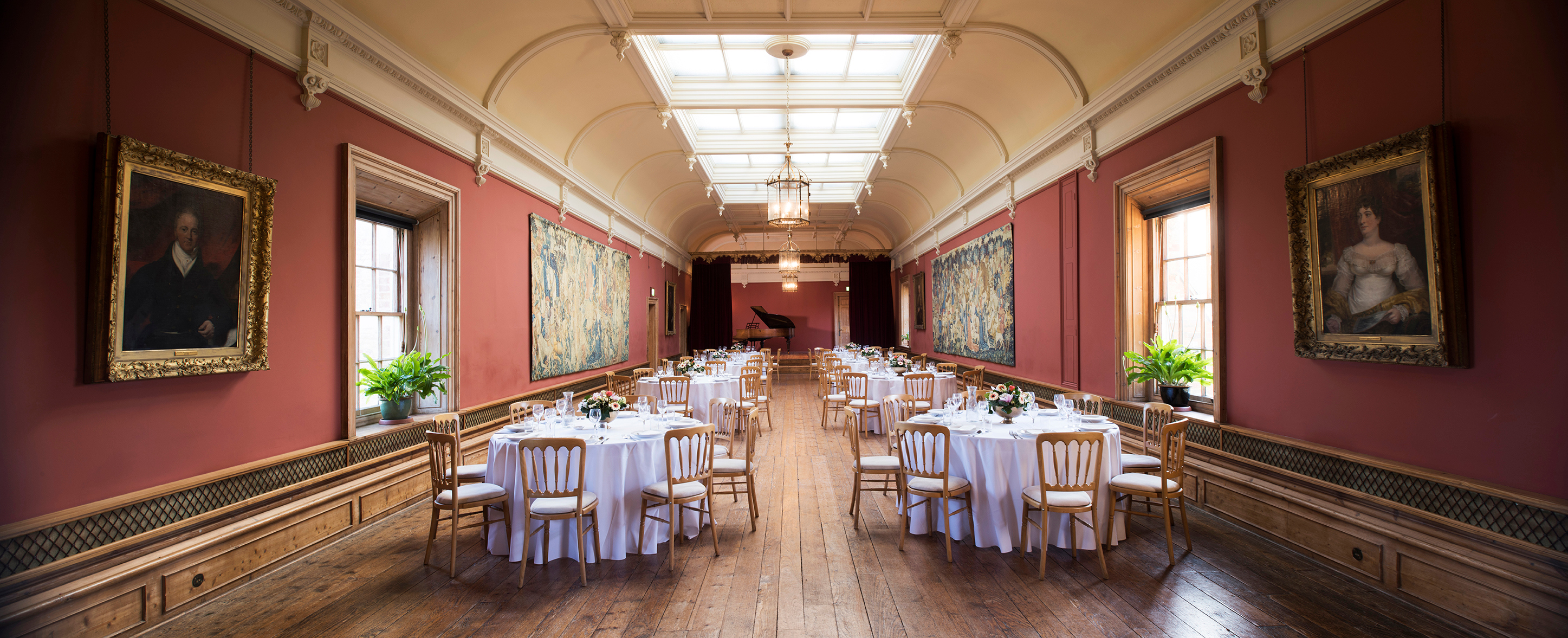
A special thanks to Richard Smith, who’s research and book ‘The Mettle of Their Pasture’ informed the content for this article.